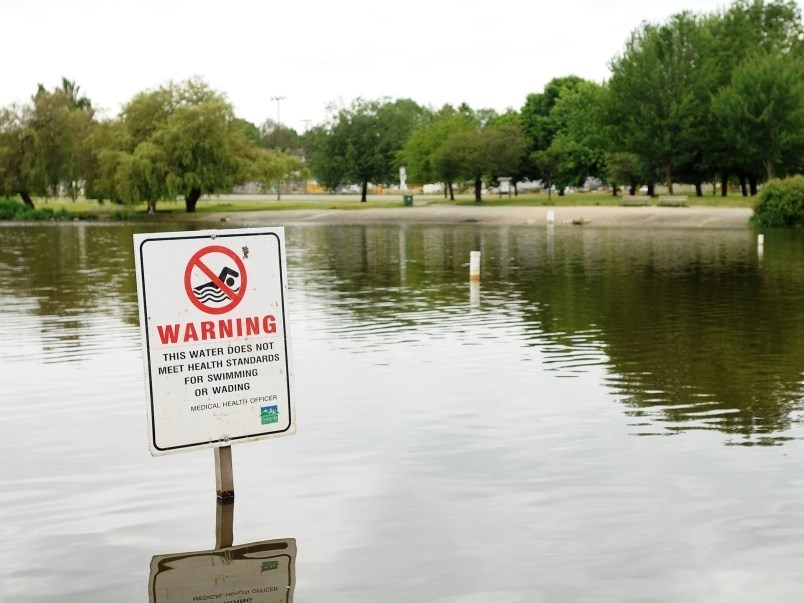We are naturally proud of the natural beauty where we live. There are many astoundingly stunning places in Canada, each with its own character, but few match Vancouver for its ocean/mountain/climate combo.
What is worrisome, though, is how some of this beauty is illusory, how the surface esthetic is veneer or canopy, and how this serves to prevent us from tackling the tough issues.
It is most evident, of course, in our homelessness, how as a city there has been a tactic to confine the crisis by geographically limiting access to resources to restrict the spread across the city of stark, visible, miserable poverty. We officially live with this, as long as it’s isolated. Rather than build consensus to tackle the large issues, we build containment to suppress them.
The $1 million-plus plowed daily into the Downtown Eastside supports an industry whose basis is the maintenance of negligible opportunity. Well-meaning workers there are doing their jobs, but they are not being led along any kind of path to anything approaching a finish line. They run on the spot.
In our most recent municipal and provincial elections, no candidate or party offered anything approaching a next step, and it would be a mistake to bet on a plan in the federal campaign.
We tell tourists not to walk through it, not entirely for their safety – there is more law enforcement in those blocks than anywhere in the city – but also out of some shame that such a prosperous community can so fail its residents. Even so, news leaks, as it did recently when tourists at the affordable family-run Patricia Hotel posted a reality check online on their encounters upon leaving the building.
Hot weather brings people out of their horrible suites and into the streets, and unquestionably this year there are more than ever lining more blocks than ever along Hastings and in a large tent city in Oppenheimer Park. This, despite 600 new modular housing units, is an indictment of city, provincial and federal leaders.
Were these conditions in downtown Toronto or Montreal, junior and senior governments would topple. That this big-city catastrophe exists in a small city like Vancouver should cause deep, lingering outrage.
There is no strategy because there is no common purpose among health, education, housing and employment sectors on how to do what they want to do. The people of the district are played as hot potatoes across institutions and levels of government.
Which brings us to another significant illusion in our beauty, the putrid state of large parts of our waterfront and the seeming incapacity and incompetence of our governments to protect us.
Our drinking water is the envy of the world. We have an ambitious, if somewhat delusional, Greenest City Action Plan. Our messy streets are dotted with garbage bins exclaiming: “Vancouver, Keep It Spectacular!”
Our presence on the ocean, on rivers and near lakes makes us wary of environmental threats. But the threat is really us, or those asleep among those we have elected.
As we expend official attention to oppose the twinning of an oil pipeline that has been safe for more than a half-century, we have ignored the pipelines that deposit untreated waste into our waterways as sewer outlets overflow.
We focus on spills that might be instead of spills that are.
These outlets can be seen at low tide. Just one of the five of them poured 674,000 cubic metres of raw filth into False Creek when it was last measured in 2017. (An Olympic swimming pool has 2,500 cubic metres of water, by comparison.)
There is no timetable to quell the pain and suffering amid the Downtown Eastside’s population, but there is a provincial timetable to replace the combined sewer systems with separated ones to avoid the runoff.
Get ready for it: 2050.
That isn’t a typographical error, just a judgmental one.
This, with Sunset Beach closed due to high E.coli levels. Similar problems exist at Snug Cove, Trout Lake and Ambleside Park.
About the best the Park Board can do, given it is basically on an allowance determined by the parent city, is to write plaintive letters urging assistance. Commissioner John Coupar moved and was supported Monday night for speedier resolution — 2029, not 2050 — and clear signage from the city to let us know where the crap is coming out. He hopes this effluent matter is a federal election issue, which on this historic week has the feel of another moonshot.
The result is that we will have serious climate change before we have serious sewage change. All the while, our city and province will be officially fighting what has been a safe pipeline while letting the more menacing pipeline expel the shoo. Still, we call that public service.
Kirk LaPointe is the editor-in-chief of Business in Vancouver and vice-president, editorial, of Glacier Media.



